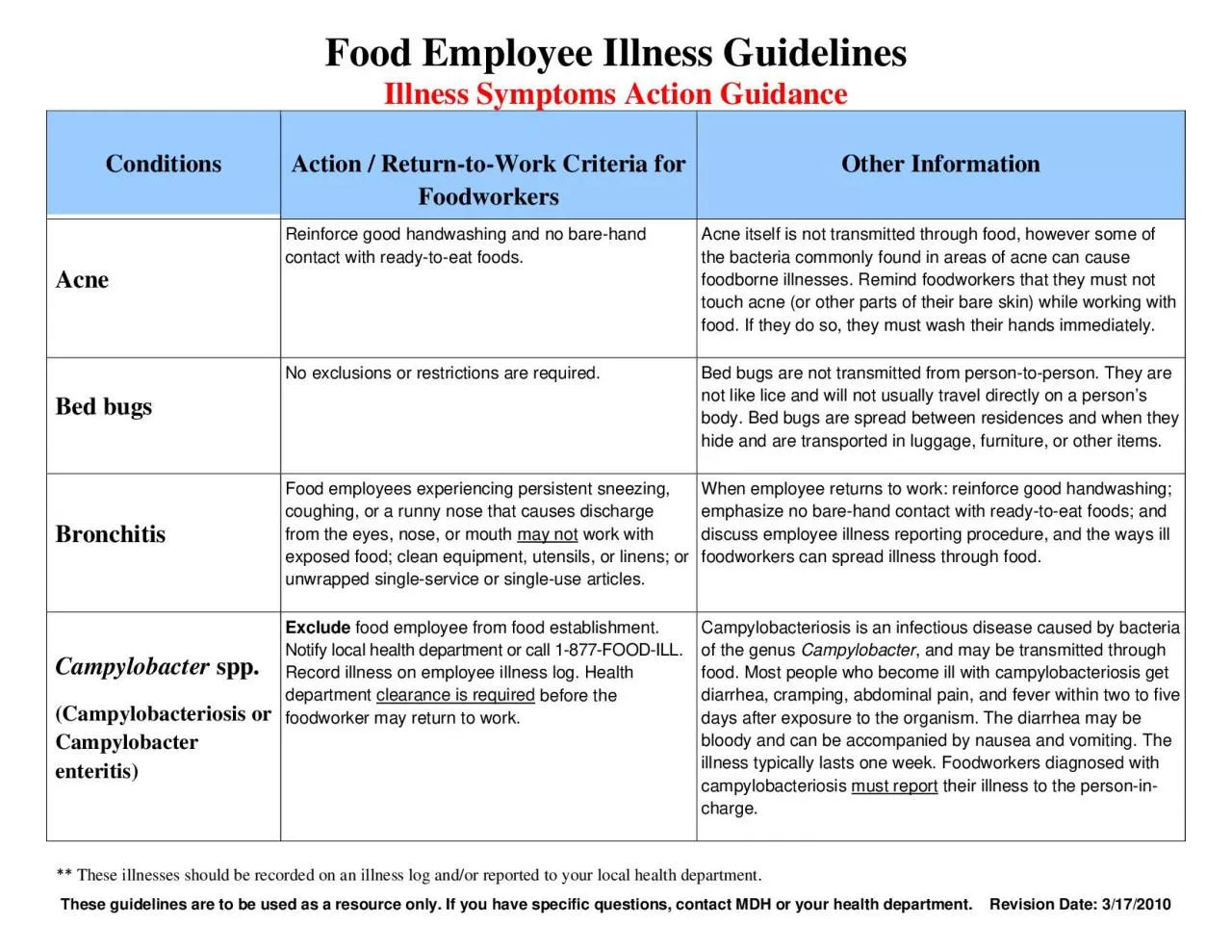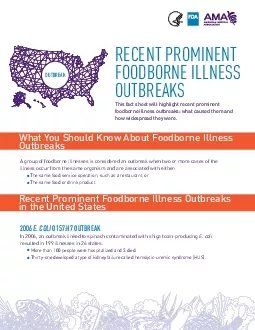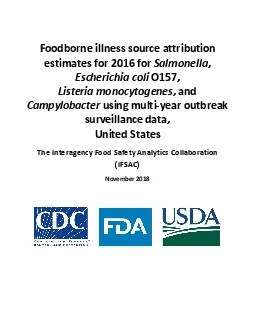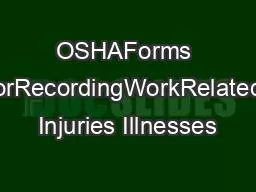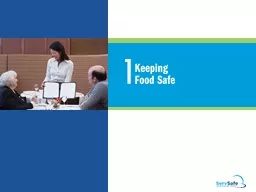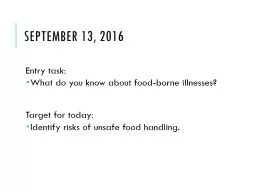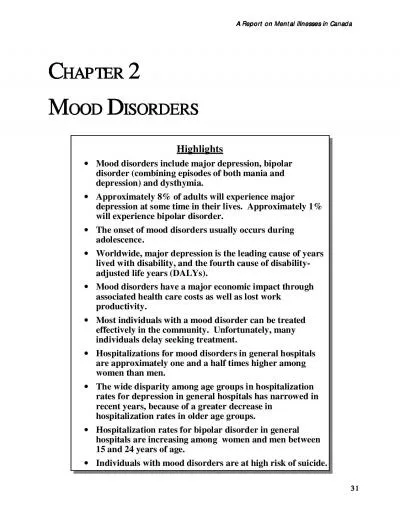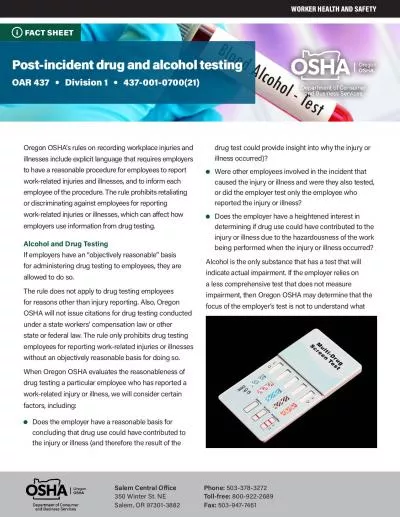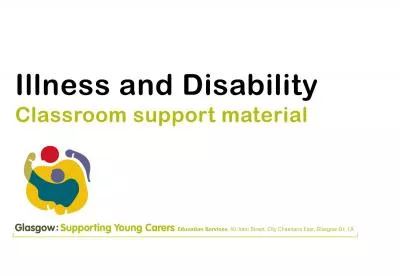PDF-These illnesses should be recorded on an illness log andor reported t
Author : anastasia | Published Date : 2021-09-27
Conditions Action ReturntoWork Criteria for Foodworkers Other Information Reinforce good handwashing and no barehand contact with readytoeat foods Acne itself is
Presentation Embed Code
Download Presentation
Download Presentation The PPT/PDF document "These illnesses should be recorded on an..." is the property of its rightful owner. Permission is granted to download and print the materials on this website for personal, non-commercial use only, and to display it on your personal computer provided you do not modify the materials and that you retain all copyright notices contained in the materials. By downloading content from our website, you accept the terms of this agreement.
These illnesses should be recorded on an illness log andor reported t: Transcript
Download Rules Of Document
"These illnesses should be recorded on an illness log andor reported t"The content belongs to its owner. You may download and print it for personal use, without modification, and keep all copyright notices. By downloading, you agree to these terms.
Related Documents

